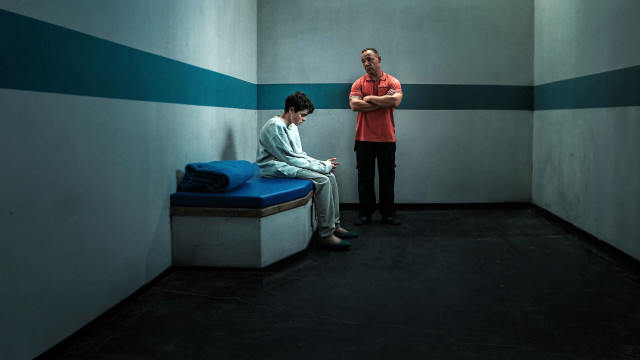STAY UP TO DATE...
I accept terms & conditions and privacy policy.
I want to receive Exclusive Offers from partners (advertising)
Thank you for your registration

LIFESTYLE
Quantum computing
1 hour ago

LIFESTYLE
History
2 hours ago

LIFESTYLE
History
2 hours ago

LIFESTYLE
Nature
3 hours ago

LIFESTYLE
Adolescene
16 hours ago

LIFESTYLE
Ranking
16 hours ago

LIFESTYLE
Laws
17 hours ago

LIFESTYLE
War
17 hours ago

LIFESTYLE
Ranking
18 hours ago

LIFESTYLE
Clothing
18 hours ago
MOST READ
- Last Hour
- Last Day
- Last Week

LIFESTYLE
Linguistics
18 hours ago

LIFESTYLE
Kiss
18 hours ago

LIFESTYLE
Artwork
19 hours ago

LIFESTYLE
History
21 hours ago

LIFESTYLE
Fairy tale
21 hours ago

LIFESTYLE
History
21 hours ago

LIFESTYLE
Crisis response
22 hours ago

LIFESTYLE
Astronomy
23 hours ago

LIFESTYLE
Megaberg
23 hours ago

LIFESTYLE
Sustainability
29/04/25

LIFESTYLE
Catholic church
29/04/25

LIFESTYLE
South America
29/04/25

LIFESTYLE
Human relations
28/04/25

LIFESTYLE
Body language
28/04/25

LIFESTYLE
Relationships
28/04/25

LIFESTYLE
Curiosities
28/04/25

LIFESTYLE
Technology
28/04/25



